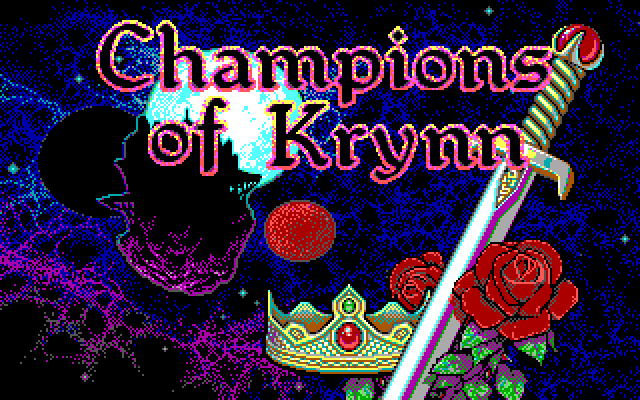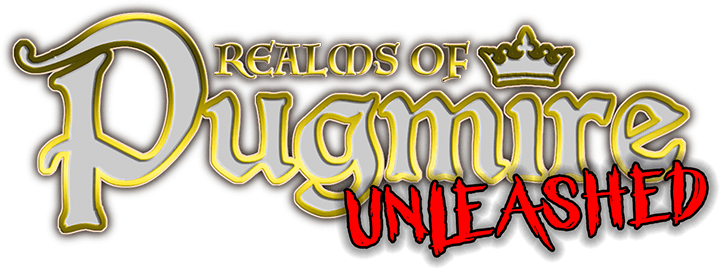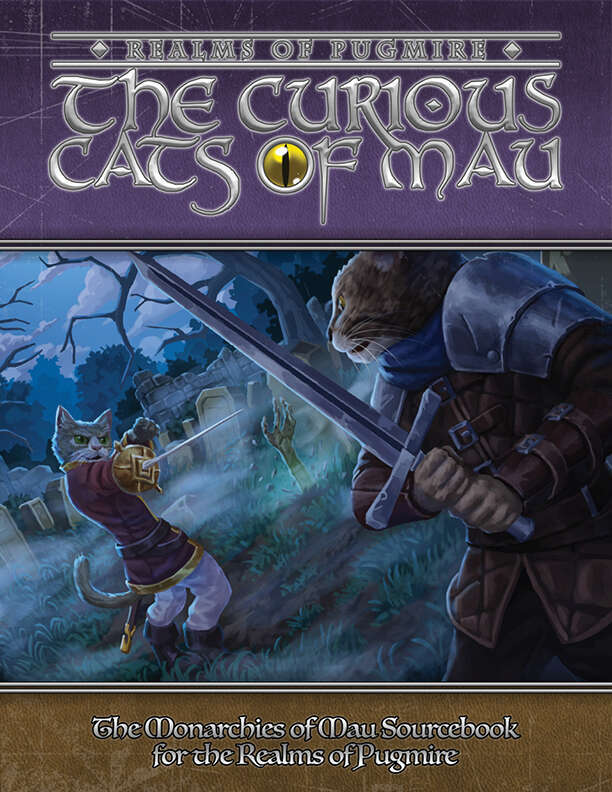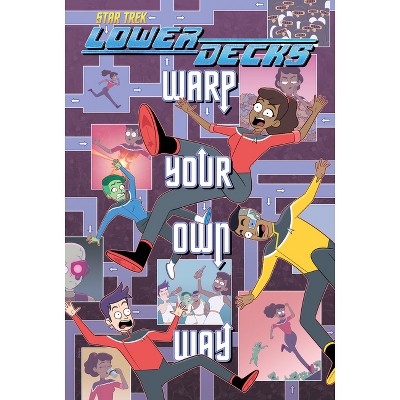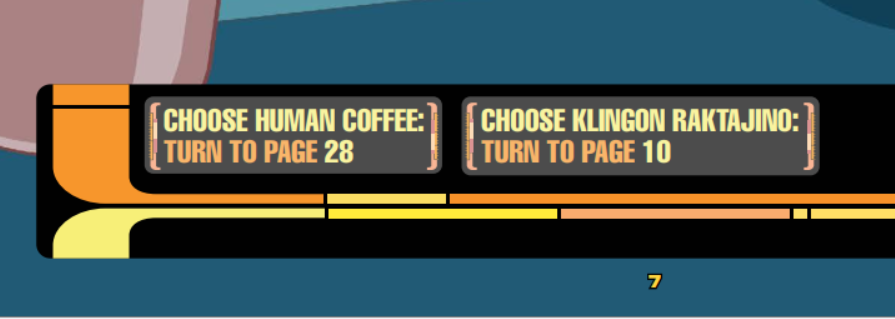The Memory Cheats
August's Pugsteady Newsletter
“The memory cheats.”
That’s a quote by John Nathan-Turner, the long-running producer of Doctor Who throughout the 1980s. He used it to describe what he saw as the tendency of fans to remember episodes of the show as being better than they really were, particularly if they haven’t seen them in a while or if those episodes were lost to history. I often think about that quote, particularly as it relates to games.
I recently got a massive number of the Dungeons & Dragons video games released throughout the 1980s and most of the 1990s. They’ve been collectively (if inaccurately) lumped together as the “Gold Box Classic Series,” but it’s pretty much every official D&D home computer video game released before Baldur’s Gate redefined how people see D&D home computer video games. It was something like 20+ games for less than ten quid, so I got them, if only for the novelty.
I did have fond memories of a couple of the actual Gold Box games, which were a collection of nine RPGs all built on the same engine (called, unsurprisingly, the Gold Box engine). In particularly, I remember Curse of the Azure Bonds, and how I struggled to get anywhere with it as a child.
These modern rereleases come with all the manuals, codebooks, and whatnot scanned as nice PDFs, along with all protection cracked. They even come with a nice fan-made mod called the Gold Box Companion that adds automapping, more information about each character, and a few hot buttons for quality of life improvements like autoheal.
Because I just finished reading the original Dragonlance trilogy of novels, I decided to go to the Krynn games, which were released around the middle of the lifespan of the Gold Box series, which would have been a year or two after the trilogy was published.
So I started with Champions of Krynn.
I won’t do a full media breakdown — I save those for the My Media section, and this time I want to talk about something else — but I was prepared for a level of old-school jank. I knew there’s only so much you can do with these games without a full remaster, so I was a bit tolerant of mouse controls that occasionally required keyboard input and no right-click options because two mouse buttons weren’t a thing in the mid 1980s.
But my memory had lied about a few things, not the least of which was the rules the game was based on: Advanced Dungeons & Dragons, first edition. Specifically, female knights.
One wild thing about the 1980s is that it was the rise of what we now call “transmedia properties,” but no one quite knew how it all worked. It’s why you have Transformers toys that got a comic book mini-series to build out a backstory for them, but the cartoon had a different backstory and characterization than the comics, which also disagreed with the children’s books and sticker albums, and so on. In this case, the Gold Box games felt players would want to use their own AD&D characters, so they give the option to “modify” some of your character stats. Which boils down to you being able to max out all your character stats with no consequence, up the race/class maximum. It isn’t a cheat code of anything; it’s a well-documented feature of the game.
So I decided to make two knights, and like I usually do in such games, I go for an even gender split of whatever options the game gives me. That means one male and one female knight. I build the characters, fiddle with the painstakingly crude icon creator so I can tell them apart, saved them, and then went to modify the options. Behold my surprise when I was able to increase the male knight’s Strength to 18(00) (which is the highest possible Strength), but the female knight’s Strength maxed out at 18(50) (which is 50% of the highest possible Strength).
Side note: I do not encourage you to look up discussions of this online, because it quickly leads you to some of the grossest parts of the so-called “Old School Renaissance.” I’ve never seen the word “realism” so abused in my life.
Now, I could go into the sexism of 80s gaming vs the sexism of the lead designer himself, but the big thing is that I’m almost positive this isn’t in the Baldur’s Gate games that are based on AD&D Second Edition. (Of course, cheating modifying characters isn’t in those games, either.) I had completely forgotten the literal systemic sexism of the original rules until I smacked into it, and then the memories of the game as it actually is flooded back. The same with such bizarre rules as how you can’t use the Resurrection spell with elves, and how if a paladin ever lost the favor of their god, their horse immediately leaves and never comes back.
I remembered there were weird, useless spells in this game, because it was trying to emulate the AD&D ruleset, not present options that make sense within the context of this game (in fact, these games are the reason why I still have an irrational hatred of playing mage classes). I remembered descending THAC0 and race-based level limits and a wide variety of other, fiddly rules. I had built these up in my memory as a quirky, ramshackle rules set that had some charm. But looking at the actual rules laid out in this game, which was intentionally designed to be utterly faithful to the letter of the law, I realized the memory cheats. It wasn’t the same as I remembered, and it had more flaws than I recalled.
And that’s something we all need to keep in mind when we think about the games that came before, and why it’s so important to preserve games so we can see how they actually worked, not how we remember them working.
Also, I used a character editor to bump her stats up to 18(00). Fuck you, Gygax.
News
Let’s talk about some news!
First off, Pugmire Unleashed successfully funded! We reached well over 300% of our target, and over 400 backers. It was definitely smaller than our previous campaigns, but since we didn’t have to worry about financing a print run or shipping, it also meant we had a much smaller goal to clear. All in all, the result was firmly between “not as bad as I feared” and “not as massive as I hoped,” which is a good result to have. Pre-orders will be available soon if you missed out, and thanks to everyone who backed this more experimental crowdfunding campaign!
Speaking of Pugmire, Curious Cats of Mau is now out in PDF and print-on-demand!
Some highlights of The Curious Cats of Mau include:
an evocative and family-friendly setting, full of interesting story hooks for players to explore and expand upon;
full character-creation rules, featuring a cat’s house and new callings;
expanded details about each of the monarchies, including interesting places to go and cats to meet, plus information on the sinister House Smilodon;
updated spells, masterworks, and enemies; and
three exciting adventures for Guides to use at their tables.
This is a massive sourcebook for Realms of Pugmire, which has even more information and setting material than Monarchies of Mau did. Go check it out!
Next, my work has appeared on Humble Bundle! The Award-Winning & Nominated Tabletop RPGs bundle has a massive collection of great games, including my award-winning adventure for Vampire: The Masquerade.
New Year’s Eve. You’ve been invited to a party to talk to Isabella, a friend of a friend. She’s being harassed by someone who knows too much about vampires. Can you deal with this last piece of business before the ball drops at midnight?
Auld Sanguine is a story for Vampire: The Masquerade. It is best suited to a coterie of about four to six neonate Camarilla vampires, although it can be adjusted to use in an Anarch chronicle. The entire story takes place within a few hours from dusk to midnight on December 31st, making it a good game to play during a holiday or as a small side story between larger chronicle events.
The offer ends in 20 days, so go see if there’s anything you like!
Finally, it’s GenCon this weekend, so there have been announcements, including some from my friends at R. Talsorian Games. In particular, there has been some news on the new Night City book:
The book’s name has been finalized as Night City 2045.
Writing is complete. Art is in progress.
Contains over 450 locations, with links to the Night Cities of 2020 and 2077.
Cover by Bad Moon Art Studio.
Art of street scenes from every district in Night City.
Writers on this book: J Gray, James Hutt, Rob Barefoot, Linda Evans, Frances Stewart, Chris Spivey, Melissa Wong, Fernando Damas, Steve Kenson, Graeme Barber, Alison Cybe, Eddy Webb, Rachel Savicki, Crystal Mazur, Mike MacDonald, N Jolly, Tsuneo Tatseno, Trace Wilson, and Anne Morrison.
We will also be releasing a poster-sized map of Night City (circa 2045) as a separate product.
Aiming for the end of 2025 or early 2026.
So look for it sometime later this year or early next!
And if you’ve been wanting to keep up on my latest adventures on Red Moon Roleplaying’s Masks of Nyarlethotep, here are episodes 13-16!
My Media
I’ve been on a Star Trek kick lately. To be fair, by “lately” I mean “off and on most of my life,” but in particular I’ve been diving into my massive collection of Star Trek digital comics. IDW has had the license for nearly 20 years now, and the past few years have been particularly good, so I was pleased to finally dig into the Star Trek: Lower Decks comics, as a fan of Lower Decks (which I’ve covered in this newsletter previously) and Ryan North, the writer.
So I was surprised to find that he also wrote an interactive graphic novel, which won an award no less: Warp Your Own Way.
At its core, it’s the exact same structure as a choose-your-own-adventure novel: You read to the end of a page, get some options, flip to the page that represents your choice, and keep reading. Which, while fascinating and rare, isn’t exactly new — there was a Deadpool mini-series that was similar (You are Deadpool), and 2000 AD had a seven-issue magazine called Dice Man that explored similar ideas back in the 80s. Still, like I said, it’s rarely done, so I was curious to see how this one worked.
It’s amazing, for two reasons.
The first one is easy to cover quickly, because otherwise I’d be giving spoilers: The fiction of the story actually explains why it’s an interactive novel. Or, to say that another way, the fact that it’s interactive is actually part of the story, rather than a gimmick attached to the story. I’ll say nothing more on that front.
The other is the game design side, which still has me in awe weeks later.
For one thing, because the interactivity is part of the story (or, to be fancy about it, because it’s textual rather than metatextual), some of the weirdness of interactive novels actually becomes a game feature. We often play these by learning what we did wrong and using that knowledge from outside the story to progress in our next playthrough. This book not only expects that, but makes it a game play feature. You cannot finish this book without finding some dead ends first.
This leads to the other gob-smackingly good part: It’s not really interactive.
I mean, it is. It literally is. But Ryan North has crafted this book in such a way that people who aren’t familiar with this kind of book will find a satisfying experience, but people who are experienced with this kind of book will actually end up taking a longer path through the full narrative. Which is pretty much the opposite of how this usually works.
Let me use the very first choice as an example. Ensign Mariner wakes up on an annoying morning, and needs to get some caffeine into her to start the day. So your first choice is innocuous: human coffee (page 28) or Klingon raktajino (page 10).
Now, there are a lot of things happening in this choice. As a mild spoiler: Ryan North wants you to pick the second option (raktajino), but a less deft design would assume readers would take the first choice, so you’d think he’s put that first. But he doesn’t, and here’s why.
If the reader is a fan of Lower Decks, they know Mariner drinks raktajino, so the roleplay choice is the second one.
If the reader is a Star Trek fan but not necessarily one of Lower Decks, they will probably still pick raktajino either because (a) it’s also a Deep Space Nine reference, or (b) because it’s part of a Star Trek trope of “Alien Race adjective/human noun” like “Romulan ale”.
If the reader is familiar with choose your own adventure books, the first choice is often the “bad” one, so they’ll go for the second one out of instinct.
Finally, if the reader is somehow neither a fan of Star Trek nor interactive stories, page 10 is a lower number than 28, and thus closer to the “start” of the story (since this choice appears on page 7).
Side note: If you go to the page 8-9 spread, there’s a hilarious scene where the narrator chastises you for not following instructions, and you see hundreds of penguins with Geordie La Forge visors watching the ship crash and burn.
That first choice is, on the whole, utterly masterful. No matter what, you’re pointed to the first branch of the narrative. Eventually you make your way back and try the “human coffee” branch, and things get weirder from there. If you somehow choose the human coffee branch first, you still have a satisfying experience, but it’s not the full story as intended. I won’t spoil it, but after those two, there are even more interesting ways of getting readers to go to specific pages.
All in all, it genuinely feels like an episode of Lower Decks, but it can absolutely only be told in this exact format, and the game design is absolutely married to the narrative design. I highly recommend picking up a copy, both to study and for entertainment.
And that’s it for this month. Stay cool, and I’ll see you in September!

